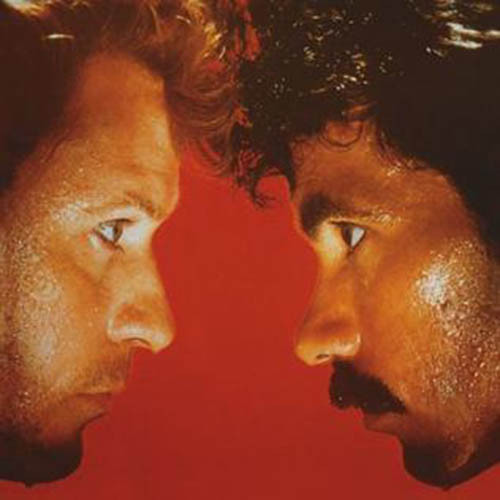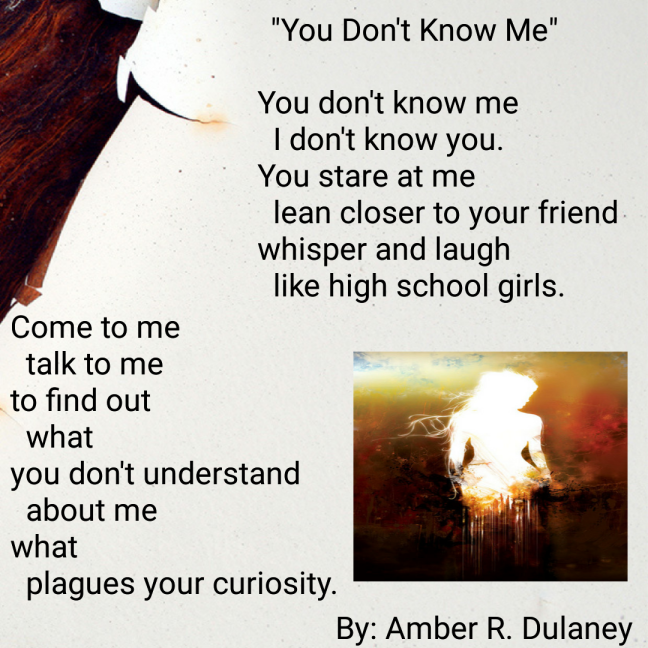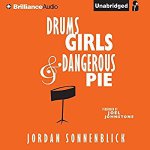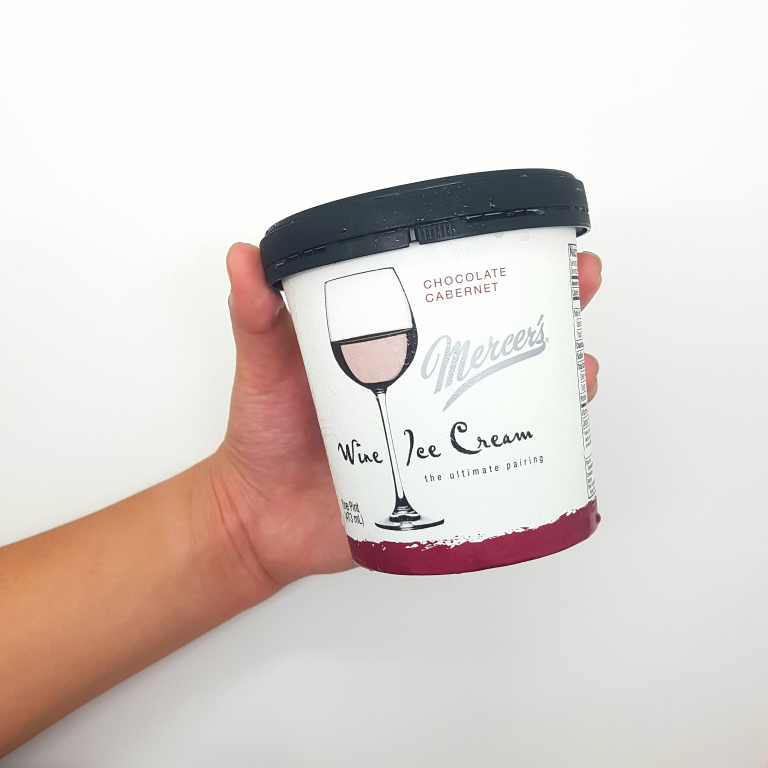 H2O LP cover art
H2O LP cover art
1982 was one of those years where Christmas holiday season still had a childlike wonder for me. While some of my older peers were discovering Atari and girls, I was obsessed with music and more specificly the gear to play it on. That was also the year I got my first real cassette deck, one with the new fangled Dolby C noise reduction system. I wasted no time putting my favorite records on cassette. One of those albums was the latest from Hall & Oates, H2O – a sonically challenging recording fresh from my subscription to the RCA Music Service.
H2O was Hall & Oates 11th album. By then they had become a kind of background music to my childhood, with a new joyful hits just about every year from 1978 to 1986. By 1982 they were at the top of their game.
“Maneater”, the first song from the album became the hit of the holiday season for most people I knew. It’s Motown like beat and video with a noir infused street savvy gave it mass appeal across multiple radio formats and demographics. Crossover pop was not as common as it is now, but in the ’80s Hall & Oates was blazing trails with a sound that did not stray too far from their Philly Soul roots.
My introduction to the perils of Dolby noise reduction was compounded by how H2O sounded once recorded on my new budget Circuit City stereo. To me, my LP sounded somewhat compressed as if it were recorded in a small closet. The electronic percussion in particular sounded the most compressed, but that compactness contributed to the intimancy of classics like “One on One”.
Being the audiophile wantabe, I would never consider buying a commercial cassette and figured that I could improve the sound with my new cassette deck and an equalizer. That never happened. The odd sonics carried over to the CD copy I would get just a few years later. The sometimes clostophobic sound actually worked in the bands favor as Hall & Oats blazed new trails of funk influenced pop rock.
H2O was the album where guitarist GE Smith was allowed to indulge some of his odd funk sensibilities. While not Bootsy odd, his rhythem section often fired off short choppy guitar rifts that suited funk leaning songs like “Family Man”. Never had rock angst and funk come together so well as pop up to this point.
There were changes in the band’s personell with a new keyboard and bass player. For fans, there was no difference in the sound beyond the move to a more electronic sound in general.
Strange accustics aside, H2O was Daryl Hall and John Oates at their best vocally. Songs like “Go Solo” combined that metallic studio sound with the warmth of Daryl Halls soulful delivery. A few tracks like “Italian Girls” and “Delayed Reaction” feature John Oates as lead vocal but none of those were ever released as singles, despite being charming. Although there were three proper singles, half of the H2O was in some form of radio rotation, streaching the albums influence from October 1982 well into the summer of the following year.
Hall & Oates would never command the pop charts again like they did here, although their run on fame was far from over in 1982. The album’s continued popularity prompted a re-release in 2009. That remastered edition included a few tracks that were omitted from the initial realease. It’s likely that the remastered version might have resolved the original’s odd sonic issues.
Remastered or not, H2O brings back wonderful memories of packaged fake chocolate brownies and the fresh smell of audio cassette two packs from Christmas 1982. As new audiences discover Hall & Oates, it’s likely that H2O will contribute more than its share of hit singles to streaming playlists and greatest hits CDs.
- More





